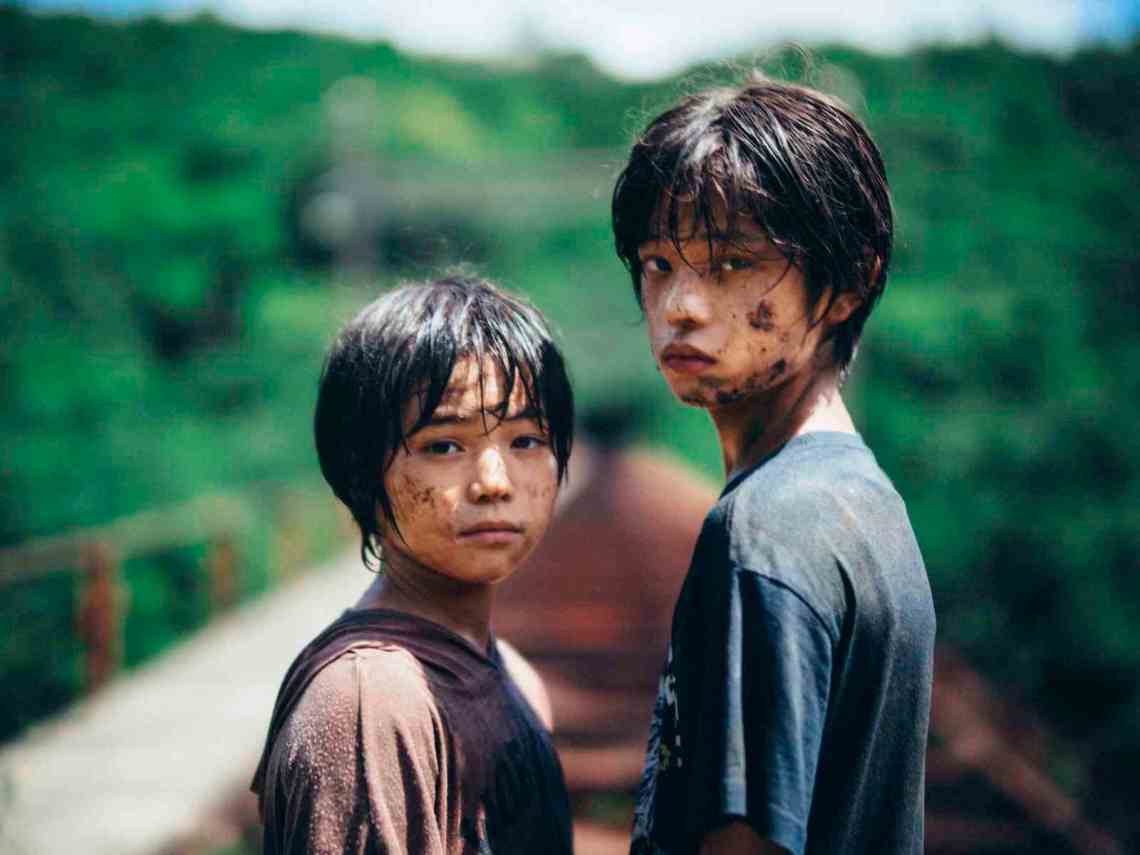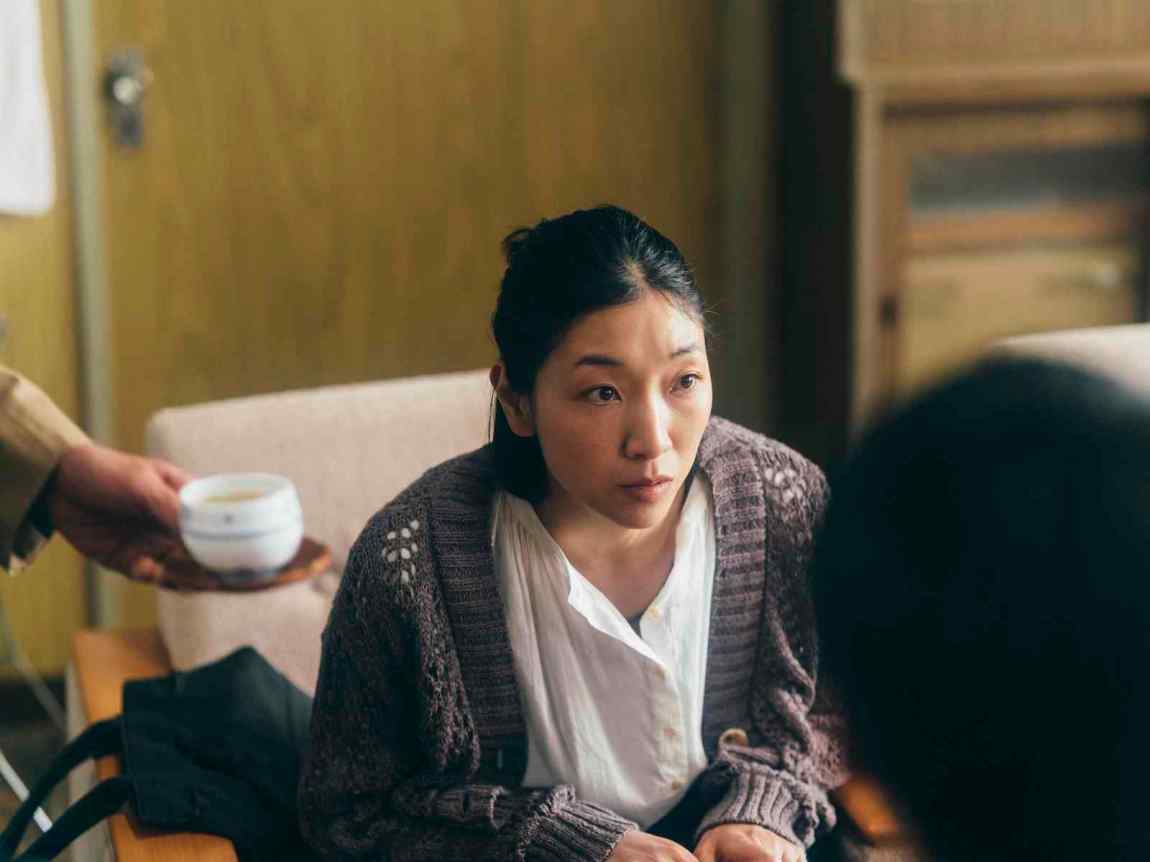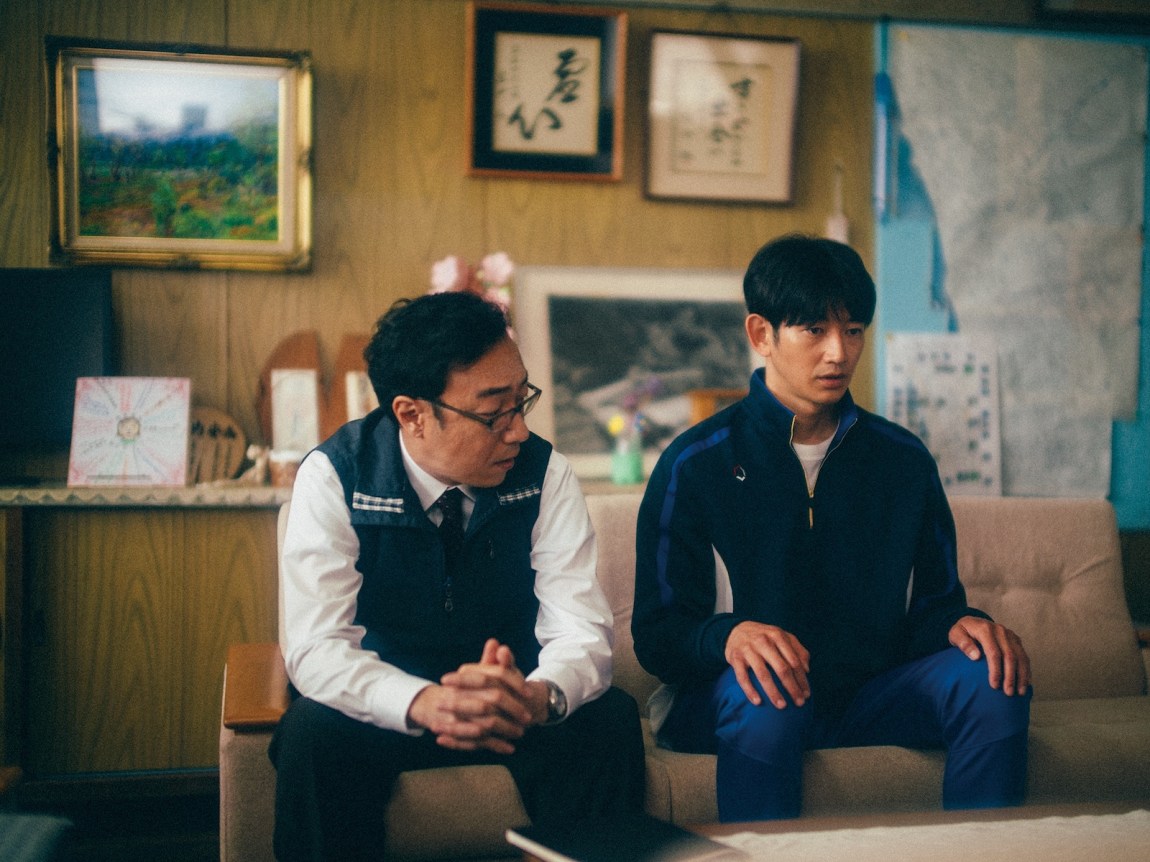Theodor Adorno was right to say that “the need to protect sexuality has something crazy about it.” A recent case in point is Dennis Baxley, sponsor of Florida’s so-called Don’t Say Gay bill, now passed into law, which currently bans instruction on sexual orientation and gender identity in public schools from kindergarten through twelfth grade. “Am I crazy or what?” he asked with more candor than he knew. “All of a sudden we’re having all these issues come up about this topic of [students’] sexuality and gender; I don’t understand.”
But not to understand such things is Baxley’s job, even if, like most sexual administrators, he will never recognize this ignorance as his own professional privilege. On the contrary, Baxley’s “is-it-just-me?” disavowal blindly expropriates the isolation common to queer youth. “You’re not the ones entitled to be overwhelmed,” he all but proclaims, “I am, and it is my sexual dilemma that my legislation will set right by withdrawing all recognition from yours.” For this crazy functionary of sexual repression is also crazy-making; his self-appointed duty is to wear away at young people’s mental health.
Another architect of the same mad enterprise, Florida’s education commissioner Manny Diaz Jr., resorts to a similar disingenuity: “All we are doing is…setting the expectations, so our teachers are clear that they are to teach to the standards.” In this new state of “clear,” expect nothing to be clarified: “the” expectations and “the” standards (as opposed to the apparently infuriating in-your-faceness of “these” issues and “this” topic) must seem to go without saying. But does anyone fail to understand that he means the midcentury norms of heterosexual conjugality and binarized gender, now vengefully returned under the additional sanction of parents’ “rights” to their progeny as property?
Three things about these norms bear recalling. The first is that they are never notably effective at changing behavior. The Don’t Say Gay law is unlikely to stamp out queer experiences among the students (many as old as eighteen) for whom such experiences have been deemed “premature.” The second is that, though these norms may not change people’s queer behavior, they do affect the way people feel about it: sufficiently miserable to hide, lie, feel ashamed or out of their minds. Under the tyranny of normativity, you’re never considered too young to bear the burden of a false self or harbor the wish to do away with it.
And the third thing? What goes without saying, Foucault used to remark, goes even better with saying. These norms do need to be explicitly reinforced, whether, at one extreme, by making a point of taking them for granted (à la Diaz Jr.), or, at the other, by overtly prohibiting any discourse that runs counter to them (as in the “Don’t Say Gay” law itself). Though it is held to be self-evident that we must never impose sexuality on children, the intrusion of normative sexual orientation and gender identity is a systemic part of their instruction from the get-go. This is the grooming that is never called one.
At this agitated moment, when, at least in the US, children’s queer sexuality is exciting unhinged agendas of repression, Hirokazu Kore-eda’s new film, Monster (Kaibutsu), gives us welcome pause. Not that it is a polemic addressed to Florida’s New Decency or even to its older and quieter equivalent in conformist Japan. Despite his admiration for the British socialist director Ken Loach, Kore-eda is more drawn to making social observations than intent on advancing a political program. But in a society as governed by reticence as Japan’s, pointing things out can itself be a powerful form of intervention. Not the least achievement of Monster lies in its demonstration of how matter-of-factly the queerness of children is repressed—how an ordinary, omnipresent discourse of conjugal sexuality not only makes queer children hide their difference but also deforms the nurture of the adults who, for all their usually good intentions, are in fact driving kids crazy.
*
For much of Monster, a mystery narrative deliberately obscures the possibility that the children at its center might be queer. The film is chock-full of mysteries. Who set fire to a hostess-bar? Who backed the car over a young girl? How, and in whose company, did the father of ten-year-old Minato die? Yet though these mysteries remain unexplained, they are overshadowed by a more central, plot-propelling enigma that does get resolved: Why is Minato acting so strangely? Why is he flying into rages at school, rolling out of a moving car, cutting his hair, losing his shoes, and leaving home in the middle of the night? Who—or what—is responsible for his turmoil?
Monster offers three successive solutions to the riddle of Minato’s apparent madness, each in the form of a narrative of events told from a different character’s point of view. In keeping with riddle convention, the early solutions eventually prove false, though they initially seemed highly credible, while the final and true one comes as a complete surprise. In retrospect, of course, we are allowed to see that this least-likely hypothesis has been articulated all along, but hidden in the blind spot created by the more plausible conjectures.
Advertisement
The first solution is oriented by the viewpoint of Saori, Minato’s recently widowed mother. After her son throws himself out of the car while she is driving, Saori is determined to get the truth from him. In reply to her vehement questioning, Minato says he is being physically and verbally abused by a teacher at school, Mr. Hori. But when she confronts the school administration, they retreat behind nothing-meaning formulas of apology (“we accept your opinion with seriousness…”). A worried, dedicated “single mother”—the Japanese term is a transliteration of the English phrase, glued to Saori like a foreign name—does battle with a self-protecting guild of bowing bureaucrats. It’s an absorbing story, well played by Sakura Ando as the exasperated parent and Yuko Tanaka as the stonewalling school principal. But the main reason it’s absorbing is that we are already familiar with its core motifs and the emotional armature they instantly fasten around us; its cogency lies precisely in its lack of originality.
But then the story starts over, this time from the accused teacher’s viewpoint. Hori, too, has noticed something troubling about Minato. He is convinced that Minato is bullying another child in the class, an elfin boy named Yori (often a girl’s name), but he can’t get either Minato or Yori to corroborate his belief. Under legal pressure from an increasingly manic Saori, the school (now prepared to treat Hori as badly as it treated her) fires him. Newspapers whip up outrage around his alleged abuse of power and, like Saori, Hori starts to lose his grip. This, too, is an engrossing story, with Eita Nagayama departing from his usual light-comic register to play Hori, but also one we already know how to feel about: a conscientious, if nerdy, teacher is willfully misconstrued by a bureaucracy seeking to keep its nose clean and a media circus in the business of getting dirt.
But when the story resumes a third time, now from Minato’s perspective, it becomes a story that has hardly been told and indeed can hardly be told. Minato’s trouble, we learn, stems from his passionate friendship with Yori, a relation that the two boys keep secret by various ruses, including the lies to parents and teachers who, like us grownups watching the movie, believed them. No doubt friendship isn’t the word for this intense, secretive affair, and to call it a “bromance” would willfully ignore the erections that overtake the boys in their play. (Minato immediately responds to his with an attack of homosexual panic, but Yori says calmly, “it happens to me, too.”) If these schoolboys are decidedly not the clean slates of right-wing fantasy, it also feels misleading to think of them as little LGBTQs, as though a K-pop flower boy were already streaming on their Spotify. The film won the Queer Palm at Cannes, but it’s a subtler choice than this laurel suggests.
Other films have taken up Monster’s subject, but, with the notable exception of Céline Sciamma’s Tomboy (2011), whose protagonist is also ten years old, these stories tend to involve older children whom we have little difficulty recognizing as fledglings of the queer people we know or are. What’s distinctive in Kore-eda’s film about two boys in love is that, without at all finessing the erotic dimension of their relation, it discourages us from thinking that we know them or know how they experience their love. We are fated to remain naïve about them, ultimately no shrewder than the adult characters they hold out on. Baxley is to this extent right: We don’t understand them, but that we don’t is precisely what we need to understand, which is altogether a different ethical starting point.
And it is not queerness alone that makes these boys “the only ones” like them in the film. This odd couple is also, uniquely, an actual couple. By contrast, the other—the adult—relationships exist in a severed state: Saori has lost her husband; Yori’s father and mother are estranged; Hori’s girlfriend dumps him; and the principal’s husband is in jail. However touted, pursued, and recompensed in social life, the relational norm here is nonetheless traumatized, whereas unprogrammed and even vaguely proscribed bonds, formed without illusions about their acceptability or assurances of their sustainability, enjoy at least this authenticity: sometimes life tenders you such odd opportunities, and you take them. Though the promesse du bonheur for Minato and Yori is anything but certain—we hardly imagine them growing old together—the promise at least has not been extorted from them. No socially rewarded conformism blesses their desire, which must always seem premature to a world that would never consider it timely.
Advertisement
*
Monster’s three-part structure doesn’t just unveil an ethical principle; it also raises an existential dilemma: “Who is the monster?” This ominous question is repeated throughout the film’s first two sections like a demonic refrain. Who isn’t being human, we might paraphrase, with the proviso that, in Kore-eda’s cinema, being human is not necessarily synonymous with being humane.
From Saori’s perspective, Hori is the monster. He’s the bullying teacher who hits and taunts her son, convincing the fifth grader that he has a “pig’s brain” in place of a human one. The school’s principal is likewise monstrous to Saori. “You don’t have a human heart!” Saori shouts at her, before pleading, “Could you please deal with me as if I’m a fellow human being? Just for this meeting?” After allowing that she is, in fact, a human being, the principal falls into yet another “We accept your opinion with seriousness,” enraging Saori, who later tells Hori that “you’re the one with a pig’s brain in your head!” If human organs seem to serve as simple metaphors for human traits (the heart: compassion; the brain: intelligence), they are also offered as evidence of a bluntly materialist human ontology. “If a human gets a pig’s brain transplanted, is it a human or a pig?” Minato asks his mother in Monster’s opening scene. Are human heart cells and human brain cells—to say nothing of compassion and intelligence—all that separates man from beast?
Kore-eda has asked this question before. Viewers of his 2009 film Air Doll might be reminded here of its final scene, in which the difference between a plastic sex doll brought to “life” and her human friends and lovers is revealed to be the simple distinction that they can be incinerated, but she must be recycled when thrown out in the trash. Some distinctions between man and animal and machine cannot be thrown out, even if they are simply, or not so simply, the material arrangement of cells, synapses, and organs.
The line between humans and nonhumans, in Monster as in Air Doll, is drawn and redrawn, with accusations of monstrosity—of inhumanity—ricocheting from character to character over the course of the film. To Hori, the school’s parents are the monsters. They are overbearing and litigious (like Minato’s mother) or abusive alcoholics (like Yori’s father). Of course, we learn that Hori didn’t hit Minato or convince him that he had “a pig’s brain” (that epithet emerged from Yori’s father). As the story slips into its third retelling, it becomes clear that, to the children, no monsters loom larger than their peers. Minato and especially Yori are being bullied for the same reason that most children are bullied: they are different. In class, Yori is accused of “always siding with the girls”; he is called “a girl alien” and is the target of one cruel prank after another. These are everyday acts of childhood monstrosity, but their effect is to make Yori and Minato feel monstrous themselves. Saori’s false accusations against Hori have a similar effect: if you’re called inhuman often enough, you might start to believe it. It’s only in this interplay of projection and introjection—passing through monstrosity, humanity’s other side—that Monster’s humanism takes shape.
For Hori, accusations of his monstrosity lead him to contemplate suicide, as if being considered nonhuman were enough to make him forsake his humanity. Yori dissociates; Minato fantasizes rebirth. “Does it stop being a cat when it dies?” Yori asks Minato. “That’s true of everything,” Minato replies. Having been socially othered, the children deliberate, with a palpable longing, about what it would mean to be metaphysically other—an animal, a monster, a corpse.
This deliberation sometimes takes the form of a game in which each child guesses what animal the other has chosen to be (a pig, a snail, a sloth). The game’s catchphrase—Who is the monster? Who is the monster?—is not the menacing threat that Saori and Hori thought it was. It’s just a jingle that passes into the children’s lover’s discourse; it’s their secret code at school and the anthem they recite when they traipse through tunnels and over brambles on the way to their hideaway, an abandoned railcar in an overgrown forest. Throughout the film, Minato has been drawn to the idea of reincarnation: perhaps his father was reborn as a stink bug, perhaps a giraffe. Being or becoming an animal is of course a metaphor for human states of being (having beastly appetites, diverging from the pack), but it is also a displacement of the boys’ deeper anxiety, which is not that they are not humans, but that they are not men.
Men, these boys are ceaselessly reminded, don’t side with the girls; men resolve conflict by shaking hands, excel in gym class, don’t know the names of flowers, aren’t afraid of the dark, and, above all, “act like men.” These directives form the wobbly ground that Minato and Yori must navigate at home and school. Even when Minato unequivocally says to his mother, “I can’t be like Dad,” she mishears it as “I’m like Dad,” and proceeds to share her hope for a future in which Minato becomes a father. No doubt, she sees this projection as a protection. Like Hori, she is just setting the expectations, the standards. After all, the need to protect sexuality, as Adorno understood, is ultimately the need to protect sexuality from itself, to manage its monstrosity—an all-around maddening impossibility.
When the ground literally breaks open during a typhoon and a landslide threatens to bury Minato and Yori in their railcar bunker, Saori and Hori rush in to find them. A final cut shows the children emerge, unassisted, through a trapdoor into a now sun-drenched forest. Yori: “Were we reborn?” Minato: “We weren’t, we’re the same.” Yori: “Ok, great!” They’ve entered a space—virtual or real is not clear—where monstrosity isn’t managed in the name of normality. And where, exhilarated by this utopian liberation, they run wild.





